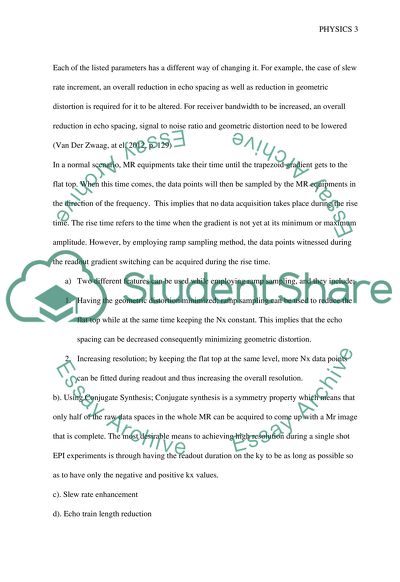Cite this document
(“Echo Planar Imaging, or EPI, Fast Imaging Techniques (MRI) Essay - 1”, n.d.)
Retrieved from https://studentshare.org/physics/1401322-echo-planar-imaging-or-epi-fast-imaging-techniques
Retrieved from https://studentshare.org/physics/1401322-echo-planar-imaging-or-epi-fast-imaging-techniques
(Echo Planar Imaging, or EPI, Fast Imaging Techniques (MRI) Essay - 1)
https://studentshare.org/physics/1401322-echo-planar-imaging-or-epi-fast-imaging-techniques.
https://studentshare.org/physics/1401322-echo-planar-imaging-or-epi-fast-imaging-techniques.
“Echo Planar Imaging, or EPI, Fast Imaging Techniques (MRI) Essay - 1”, n.d. https://studentshare.org/physics/1401322-echo-planar-imaging-or-epi-fast-imaging-techniques.


